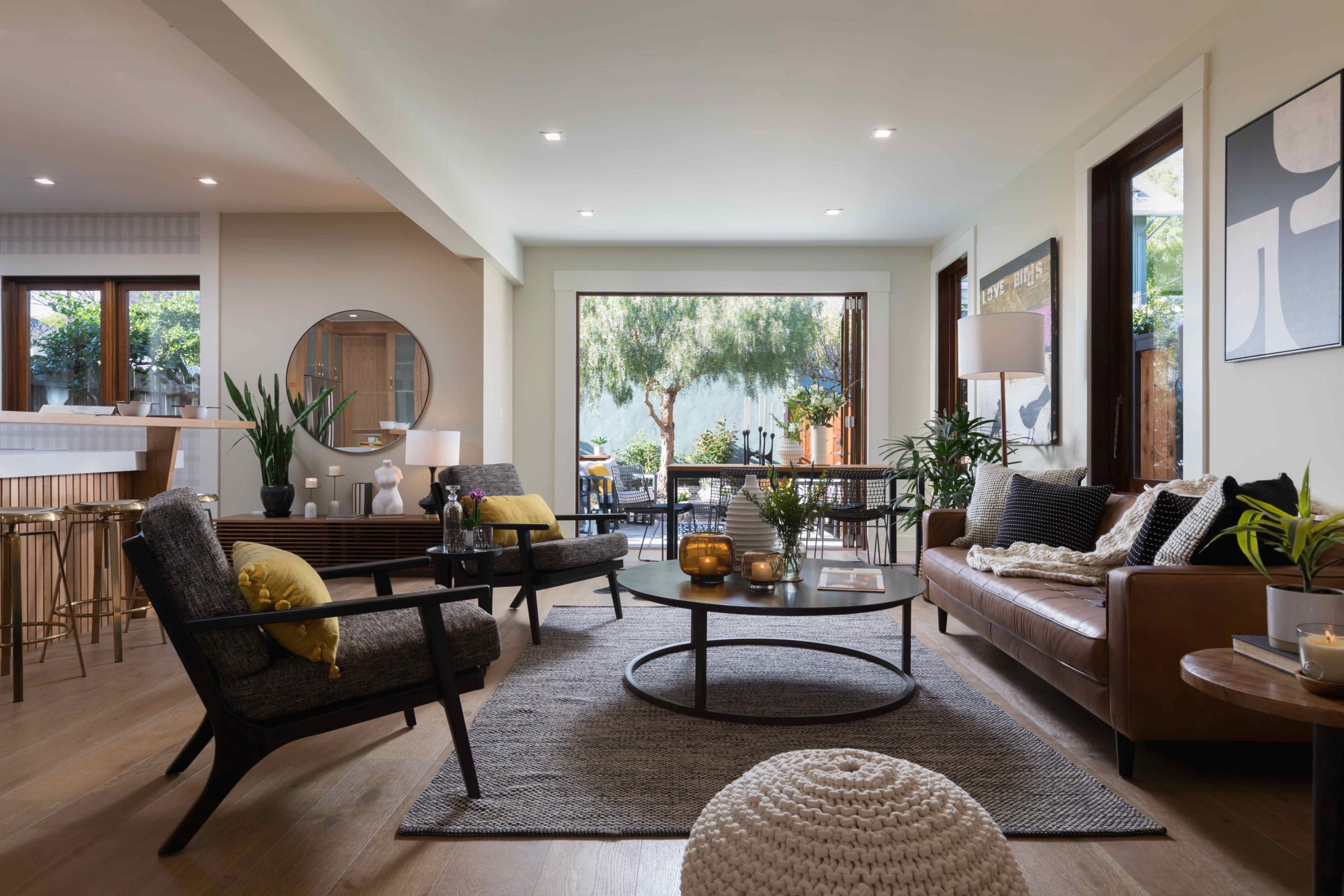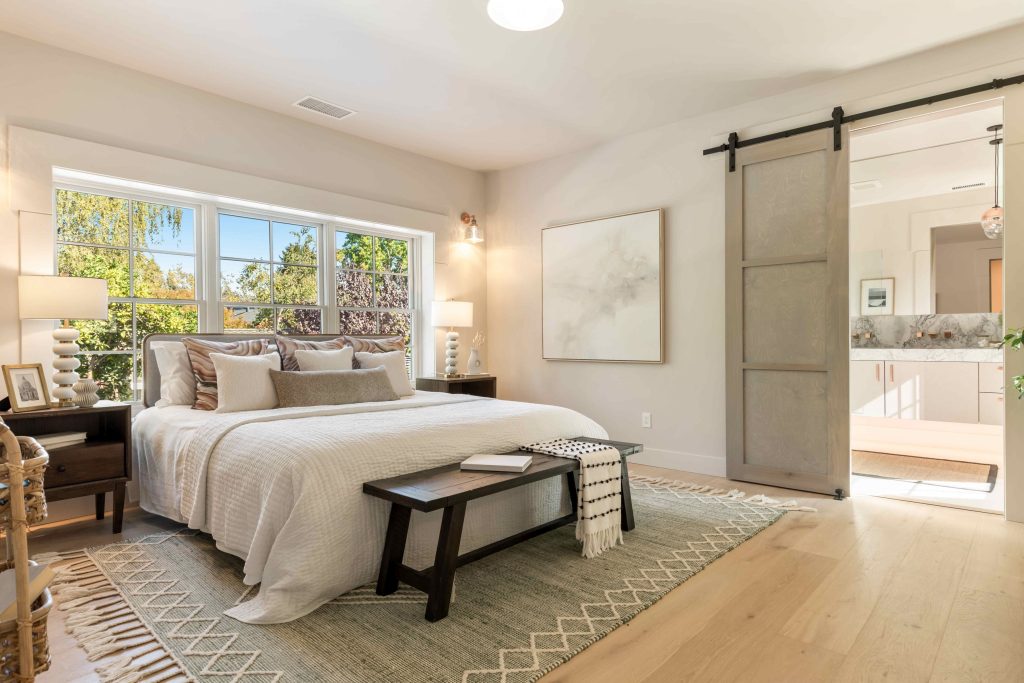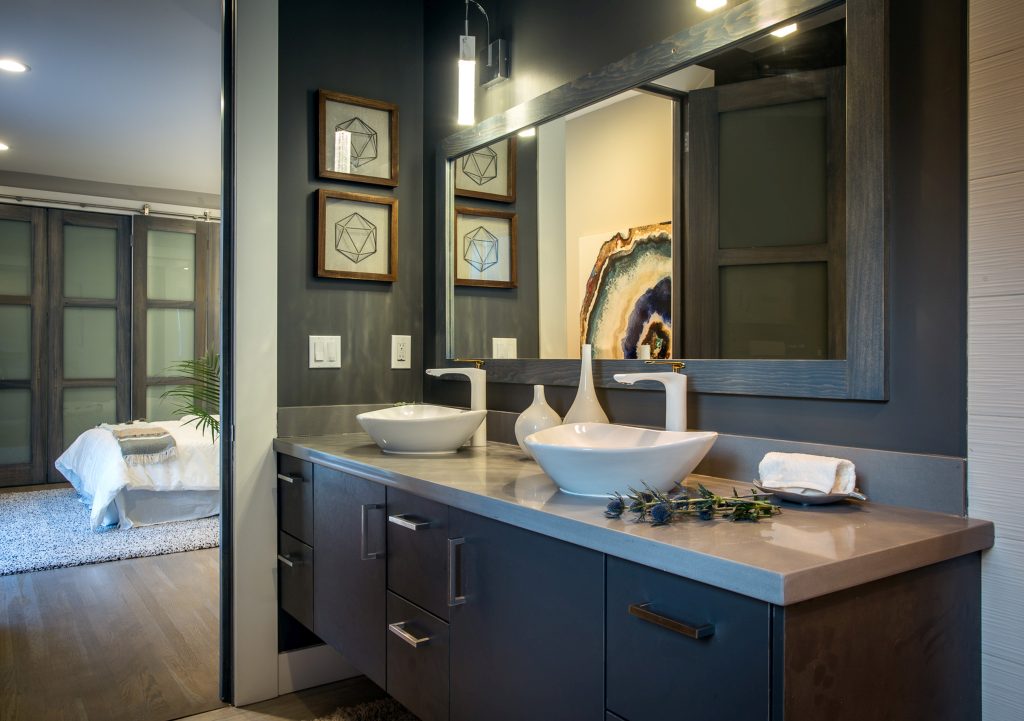Beyond Blueprints: Innovative New Home Construction Ideas
In today’s rapidly evolving world of architecture and design, the concept of building a new home has transcended traditional norms. It’s no longer merely about erecting structures but about creating living environments that blend functionality with creativity, and sustainability with innovation. This article delves into the forefront of new construction, exploring diverse ideas that redefine what it means to build a home for the future.
Exploring Sustainable Foundations
Sustainability lies at the heart of modern home construction, driven by a growing awareness of environmental impact and a desire for energy efficiency. Builders now have access to a plethora of eco-friendly materials and techniques that minimize carbon footprints and enhance the longevity of buildings. For instance, rammed earth construction utilizes natural materials like clay, sand, and gravel compacted into solid walls, offering excellent thermal mass properties that regulate indoor temperatures naturally.
Moreover, the advent of modular construction allows for significant reductions in waste and construction time. Prefabricated panels and modules are manufactured off-site under controlled conditions, ensuring minimal material wastage and precise assembly on-site. These methods not only promote sustainability but also streamline the construction process, making it more efficient and cost-effective.
Spaces That Inspire
The layout and design of living spaces play a crucial role in shaping the overall ambiance and functionality of a home. Open floor plans continue to dominate contemporary architecture, offering flexibility and a sense of openness that enhances social interaction and connectivity within the home. Beyond open spaces, innovative designs are exploring the concept of adaptable living environments.
For instance, movable walls and partitions allow homeowners to reconfigure spaces according to changing needs and activities. These flexible layouts cater to diverse lifestyles, accommodating everything from large gatherings to intimate family moments with ease. Additionally, the concept of “flex rooms” is gaining popularity, where multipurpose spaces serve as home offices, guest rooms, or recreational areas as required.
Tech-Forward Living
Technology has become an integral part of modern living, transforming the way we interact with our homes on a daily basis. The rise of smart home technology allows homeowners to control various aspects of their environment remotely, enhancing convenience, security, and energy efficiency. Imagine adjusting lighting, temperature, and security systems through voice commands or smartphone apps, or monitoring energy usage in real-time to optimize efficiency.
Furthermore, advancements in home automation are paving the way for more personalized living experiences. Automated systems can learn household routines and preferences, adjusting settings accordingly to maximize comfort and efficiency. From automated window shades that adjust based on sunlight to smart appliances that optimize energy consumption, technology is revolutionizing how we inhabit and interact with our homes.



